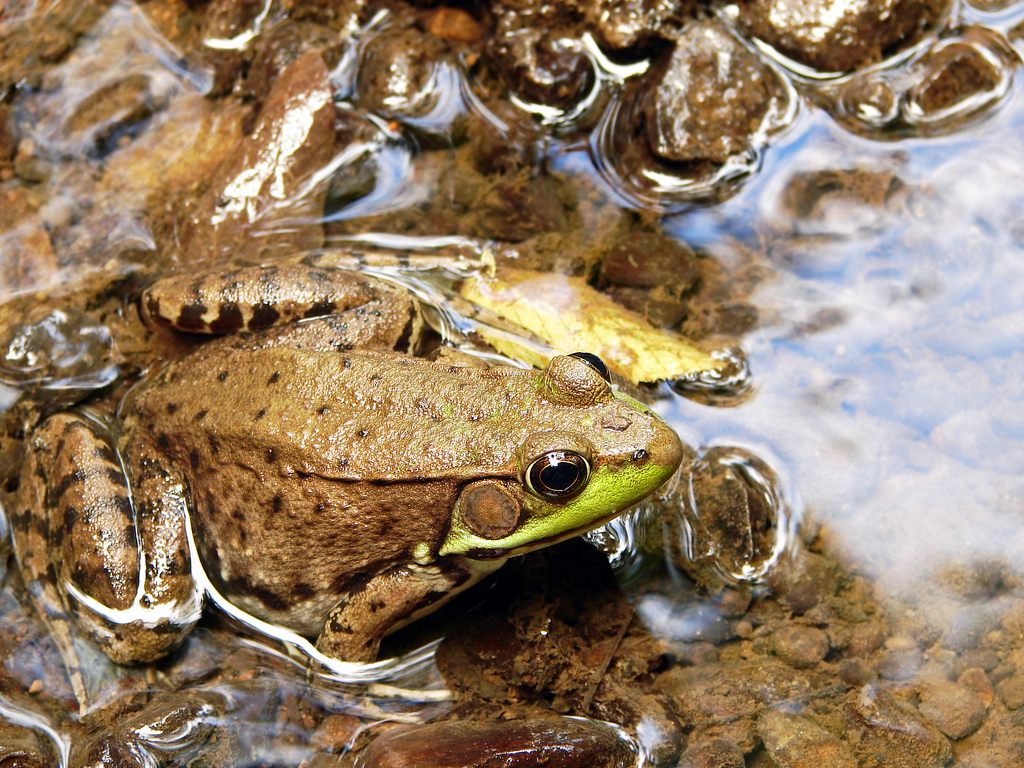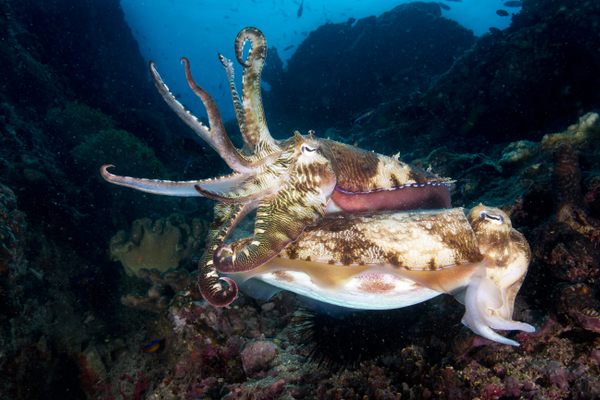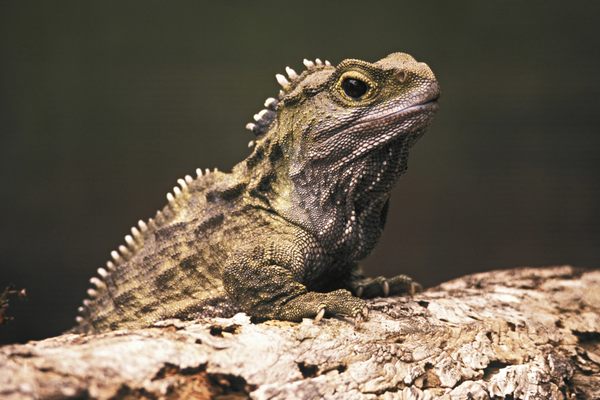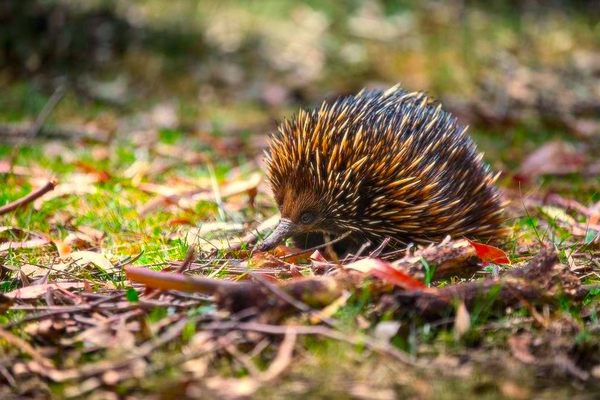The Sad Sex Lives of Suburban Frogs

A green frog, in her pond (Image: Matt Reinbold/Wikimedia)
For a species so dedicated to gender binaries, humans have been doing a lot to mess with the sexes of other living creatures. In lakes and waterways across the country, intersex frogs and fish have been showing up regularly, with their reproductive systems looking more muddled than we’re used to seeing. Male fish might have “testicular oocytes” — eggs developing in male sexual organs—and whole populations can start shifting towards weird gender ratios, often heavily dominated by females.
Sometimes, it’s clear what might be driving these changes. Scientists have found a connection, for instance, between agricultural chemicals on amphibian gender and sex. But a new study, published this week in the Proceedings of the National Academy of Sciences, investigated the relationship between skewed sex ratios in frog populations and another terrifying human invention: the suburbs.
In ponds located in suburban areas, surrounded by homes, roads, sidewalks, lawns, gardens and sewer systems, frogs are more likely to show intersex characteristics than frogs living in ponds in the forest. One 2010 study found that 1 out of every 5 frogs living in the suburban ponds studied has some sort of sex abnormality. The new study looked at sex ratios of green frogs in 13 ponds and found that as neighborhoods became more residential, frogs populations became more skewed towards female frogs. And, as the the ponds’ surroundings became more suburban, the waters also contained a more complicated cocktails of natural estrogens and estrogens produced by plants, hormones that can influence amphibians’ sexual development.
In other words, the suburbs were making frogs’ sex lives a little strange.
The researchers, a team of scientists based at Yale University and the U.S. Geological Survey, in Boulder, Colorado, tried to parse out what might be causing those changes. It’s not entirely clear, though, that there’s one particular cause.
“Suburban neighborhoods are sometimes considered this weird intermediate land use,” says Max Lambert, the lead author of the paper. “They’re not heavily paved urban centers but they have roads and buildings. They’re not pristine forested places, but they have a lot of vegetated green spaces. The chemicals we find aren’t the pharmaceuticals we often see from treated sewage nor the pesticides we often think of in agricultural contexts. The endocrine disruption is likely due to a diversity of chemical contaminants for a variety of sources and it’s happening, literally, in our backyards.”
Plants, though, are a leading contender. When people build suburban areas, they change the type of plants that live around the ponds, replacing the forest ecosystem with lawns and ornamental gardens. Clover, in particular, may be a culprit: its production of phytoestrogen has been well documented. But it’s not the only one—all types of landscaping and ornamental plants are producing phytoestrogens that could make their way into suburban ponds.
And, plants likely aren’t the only sources of these hormones. Natural estrogens could come from wildlife or from human excretion, leaking from septic tanks or sewer lines. If they do come from humans, they may be pharmaceutical estrogens, used in birth control, for instance.
What does this mean for the frogs? Over time shifts in sex ratios can dramatically change how a population of animals develops and thrives. But scientists don’t know yet what it means for individual frogs to be transformed into intersex frogs.
“Is a feminized suburban frog less “sexy” than what might be considered a normal male?” says Lambert. “That’s totally unclear and definitely a question we want to answer.”
















Follow us on Twitter to get the latest on the world's hidden wonders.
Like us on Facebook to get the latest on the world's hidden wonders.
Follow us on Twitter Like us on Facebook